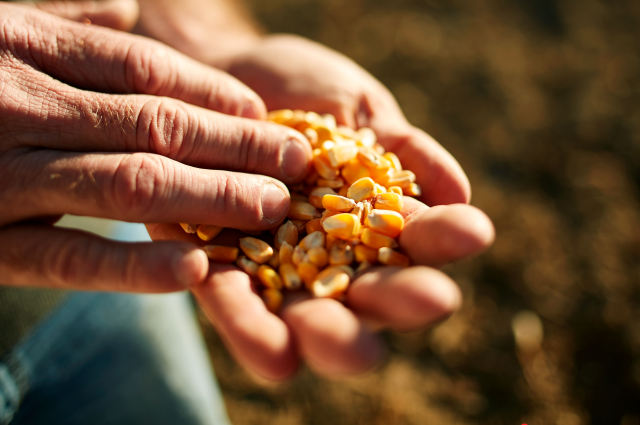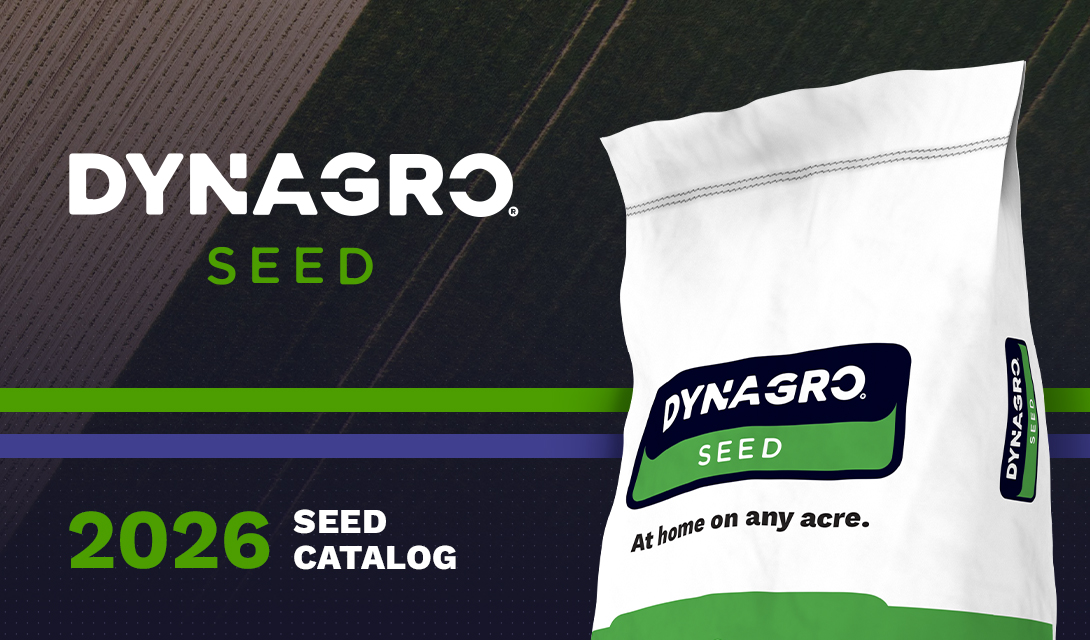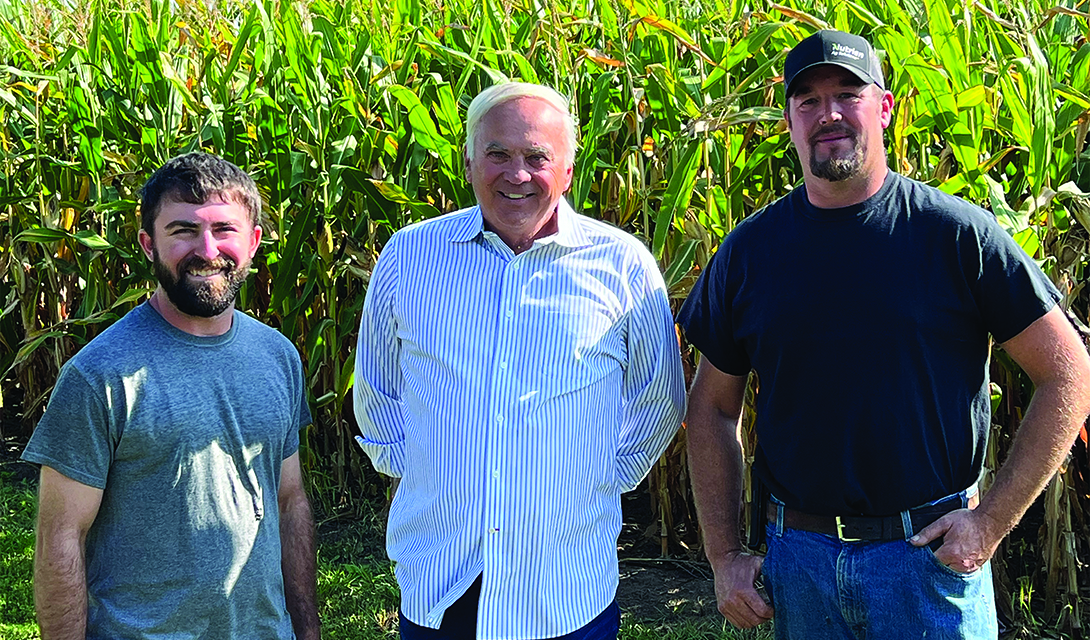Corn Seed Size
Factors Contributing to Corn Seed Size
Corn seed size and shape is, in large part, determined by the location of the kernel on the ear. Typically small rounds and some small flats come from the ear tip, large rounds come from the bottom of the ear and the center of the ear produces flats. The proportion of each of these seed sizes can vary by hybrid (genetic tendency) and growing conditions experienced at the production location.
Kernels on the ear pollinate over a period of about 4-6 days. Pollination occurs in a particular order based on the kernel position on the ear. The first to pollinate are kernels an inch or two from the bottom of the ear, followed by the bottom of the ear. The remaining unpollinated kernels will pollinate from the lower part oftheearuptothetip. Thetiporbaseoftheearis where plateless seed typically originates.
The timing of stress in relation to the succession of pollination on the ear will greatly affect the final quantity of each seed size produced. Additionally, excessive heat will speed up pollen shed which can cause the pollen shed to finish before all the silks are receptive to being pollinated (missing kernels on the upper part of the ear). Drought tends to slow silk emergence and therefore can interfere with the synchronization of pollen shed and silking. Drought will also cause the plant to abort kernels at the ear tip in an effort to save the rest of the kernels. Missing kernels due to poor pollination or abortion increases the open space on the ear for the kernels that are developing, allowing for the kernels to get larger and become more round thus reducing the number of flats.
Seed quality and germination potential tend to be reduced when produced under high stress conditions. Handling of the seed during processing (harvest, cleaning, sorting, bagging, etc.) can reduce the percent of viable seed present. Therefore germination testing is conducted after processing is complete to best determine the actual percent germination of the bagged seed. Seed bags should always be handled with care and never thrown or dropped as this can damage the seed and reduce germination.
Does seed size effect yield potential?
The short answer, no. A significant amount of research has been done over the years on the effects of corn seed size on yield. The results of that extensive testing have shown that when planting populations are equal across seed sizes, yields were also the same. That being said, there are some differences to consider in terms of seed size as it relates to planting and emergence.
Small seed has less ability to tolerate being planted too deep, especially when emergence is delayed because of less than optimal growing conditions. This does not mean you should shallow plant small seed, it just means not to place it at excessive depths. Additionally, smaller seed tends to appear a bit less vigorous than plants grown from larger seed through the vegetative stages of plant growth. This difference is not typically noticeable once in the reproductive stages of growth and does not translate into a yield difference.
Large corn seed can take a bit more moisture to germinate than smaller seed, but as mentioned previously large seed also tends to have more vigorous vegetative growth than smaller seed.
The key to maximizing the yield potential of any size corn seed is proper planter maintenance and set up for the seed size to be planted. Proper planter preparation, calibration and set-up can help to maximize seed singular, spacing, depth and seed to soil contact ensuring the best odds of producing a uniform stand of corn at the proper population.
References:
- Elmore et al. 2005. “Corn Kernel Size Depends on Order of Pollination” Univ. of Nebraska. published in CropWatch at: http:cropwatch.unl.edu/web/cropwatch/archive?articleId=1037026. Agronomy Extension. 2011. “Do corn kernel size and shape matter”
- Iowa State University. found at: http://www.agronext.iastate.edu/corn/production/management/planting/kernel.html. Monsanto. 2012. “Corn Seed Size, Plantability, and Germination Scores”. Agronomic Spotlight. A Technology Development & Agronomy publication by Monsanto.
- Nafziger, Emerson. 2005. “Does Corn Seed Size Really Matter”. Integrated Pest Management Bulletin. Univ. of Illinois at Urbana-Champaign. found at: http:bulletin.ipm.illinois.edu/print.php?id=237. Photo Credit: www.ehow.com
© Copyright 2013. This information may have been accumulated from publicly available sources outside of Dyna-Gro Seed, or its affiliates. Individual results may vary, and performance may vary from location to location and from year to year. This result may not be an indicator of results you may obtain as local growing, soil and weather conditions may vary. Dyna-Gro® is a registered trademark of Loveland Products, Inc. Featured logos are service/trademarks of their respective owners.




